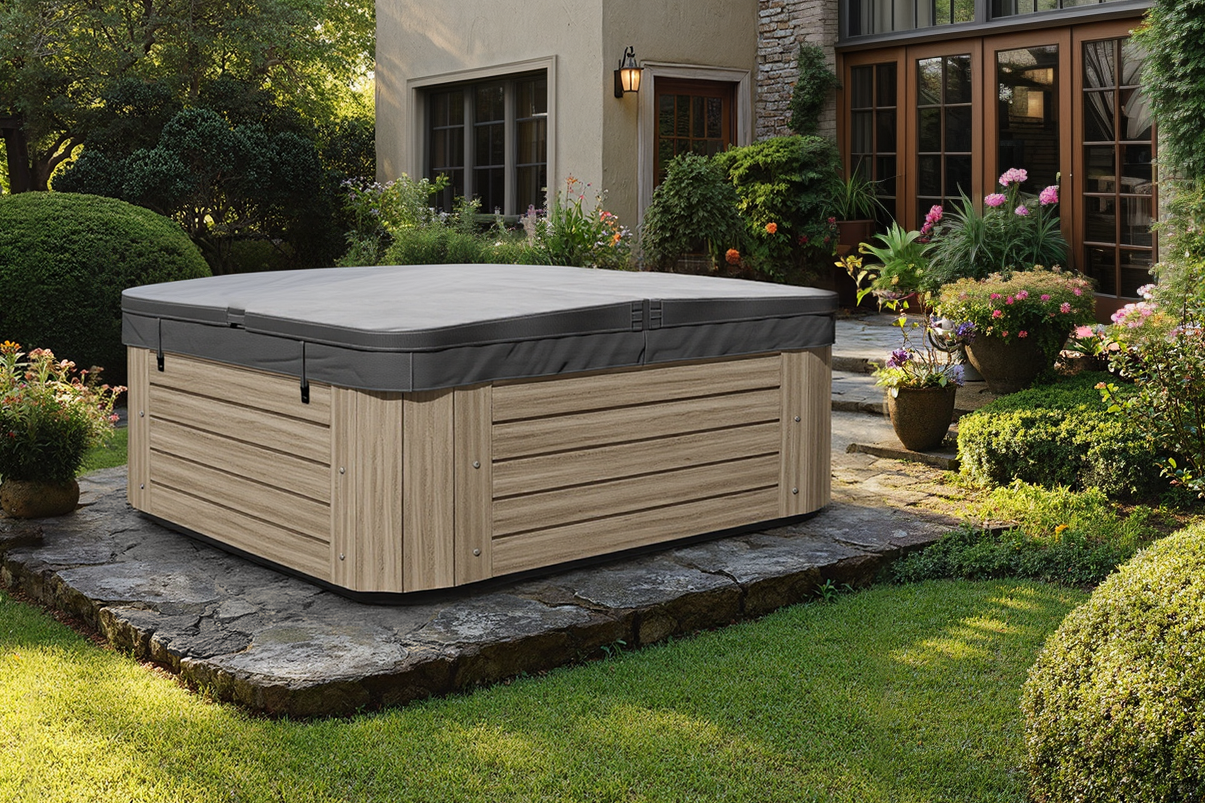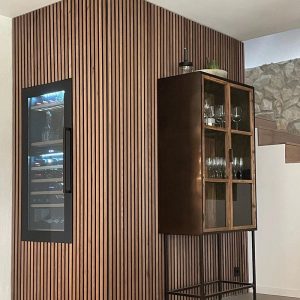What Makes Dumpster Rentals the Smartest Choice for Fast and Stress Free Cleanups in Springfield

Dumpster rentals are becoming one of the most convenient ways to manage residential and commercial cleanups. Whether you plan to remodel, haul away heavy debris, clear yard waste, or get rid of general junk, having the right dumpster rental on site saves valuable time and simplifies the entire cleanup process.
This guide explores how dumpsters work, the benefits of a residential dumpster rental or commercial waste solution, and how to choose the right dumpster size for your project. Each section maintains the structure of the original while adding detailed information and keywords naturally.
How Dumpster Rentals Simplify Large and Small Projects
Dumpster rentals give customers an organized and efficient way to dispose of unwanted materials. Instead of driving back and forth to drop debris at a facility, a roll off dumpster rental lets you focus on the project while keeping your space clean. It is the easiest way to manage drywall, roofing shingles, broken furniture, remodeling materials, roofing materials, and cleanup waste without interruption.
Springfield property owners rely on dumpsters to maintain workflow and prevent scattered materials from slowing progress. Whether you choose a 20 yard option or another container size, roll off dumpsters make it easy to complete cleanups quickly.
Key benefits include:
- Convenient drop-off and pick-up
- A central place for debris
- Better job site safety
- No repeated hauling trips
- The ability to dispose of roofing materials, heavy debris, and yard waste easily
Dumpster rentals make the process easier, especially for homeowners completing a roof replacement, remodel, demolition work, or a driveway cleanout.
Why Choosing the Right Dumpster Provider Matters
Not every company offers the same level of reliable service. Choosing a provider that offers clear pricing, a flat-rate approach, easy scheduling, and an affordable dumpster is important. A strong provider also explains dumpster rental prices, rental period rules, and whether you need a permit for your municipality or service location.
Local experts help you find the right dumpster size for your project and provide detailed information about the entire process. They guide you on:
- The correct container size
- What materials can be placed inside
- Whether you need to extend your dumpster rental period
- When pickup is available
- How to schedule drop-off and pick-up properly
- What to do if you have roofing shingles or heavy debris
Reliable companies offer a range of roll off dumpsters, allow recycling when available wherever we offer garbage services, and make it easy to get help through a simple contact us page.
Dumpster Sizes We Offer for Springfield Projects
Understanding the different roll off container sizes helps you choose the right dumpster for your home project or commercial cleanup. Roll Off Express provides roll-off dumpsters for any project, offering multiple size choices designed to fit residential roll off needs, remodeling debris, large construction waste, or general junk from household projects.
Fifteen Yard Dumpster
This dumpster size is ideal for smaller residential projects and is perfect for customers who want a compact roll-off container that fits in most driveway spaces. Ideal for:
- Small cleanouts
- Decluttering
- Light remodel
- Garage cleanup
Dimensions: 16 feet by 7.5 feet by 48 inches
Weight Included: One ton
Extra weight fee: Eighty dollars per additional ton
Twenty Yard Dumpster
This 20 yard container is a popular choice for medium projects involving remodeling, removing drywall, or disposing of yard waste.
Ideal for
- Home cleanouts
- Downsizing
- Garage cleanup
- Light construction
Dimensions: 16 feet by 7.5 feet by 6 feet
Weight Included: Two tons
Twenty Five Yard Dumpster
This larger roll off dumpster is great for heavy debris and larger home or business needs. Ideal for:
- Large remodels
- Whole home cleanouts
- Commercial debris
- Major downsizing
Dimensions: 16 feet 6 inches by 7.5 feet by 7 feet
Weight Included: Three tons
Thirty Yard Dumpster
This roll-off dumpster is the preferred option for large construction and demolition projects. Contractors often rent this dumpster for roof tear offs, major cleanups, and bulky waste removal. Ideal for:
- New construction
- Build outs
- Roof replacement
- Multi unit cleanouts
Dimensions: 20 feet by 7.5 feet by 6 feet
Weight Included: Three tons
Restricted Items to Know Before Renting
Some materials cannot be placed inside roll off dumpsters due to disposal and recycling regulations. Knowing these restrictions helps avoid additional fees and keeps your dumpster rental period hassle-free.
Not allowed items:
- Toxic liquids
- Corrosive chemicals
- Wet paint
- Tires
- Gas bottles
- Vehicle batteries
- Medical waste
- Large items such as a refrigerator or deep freezer
Recycling is available wherever we offer garbage services when materials qualify.
Benefits of Renting Dumpsters for Springfield Homes and Businesses
Dumpsters allow customers to manage waste efficiently without repeated trips to a landfill. They support recycling, improve safety, and help complete projects faster. Whether you choose a 20 yard container or a larger 40-yard roll-off dumpster, you gain flexibility and control.
Key benefits:
- A cleaner workspace
- Fast waste removal
- Simple flat-rate pricing
- Drop-off and pick-up arranged around your schedule
- The ability to rent additional dumpsters if needed
Customers can also extend their dumpster rental period and request pickup when ready. With millions of dumpsters used across the country for cleanups, waste removal, commercial waste, and heavy debris management, renting remains the most convenient solution.
Choose Roll Off Express for Reliable Dumpster Rentals in Springfield
Roll Off Express makes it easy to rent a dumpster with clear pricing, flexible scheduling, and reliable service. We offer a range of roll off dumpsters designed to help you find the right dumpster for your project. Whether you need a small residential dumpster rental, a roll-off dumpster for a remodel, or a large container for heavy debris, we offer a range of roll off dumpster options to meet your needs.
Get the right container today by visiting our contact us page. Our team provides detailed information, helps you choose the right dumpster size, and ensures your rental period fits your timeline. Roll Off Express offers roll-off dumpsters for any project and supports Springfield residents with fast drop-off and quick pick-up. Contact us today for a hassle-free dumpster rental that keeps your cleanup efficient and stress free.

Roll-Off Express
Springfield, Missouri 65802



